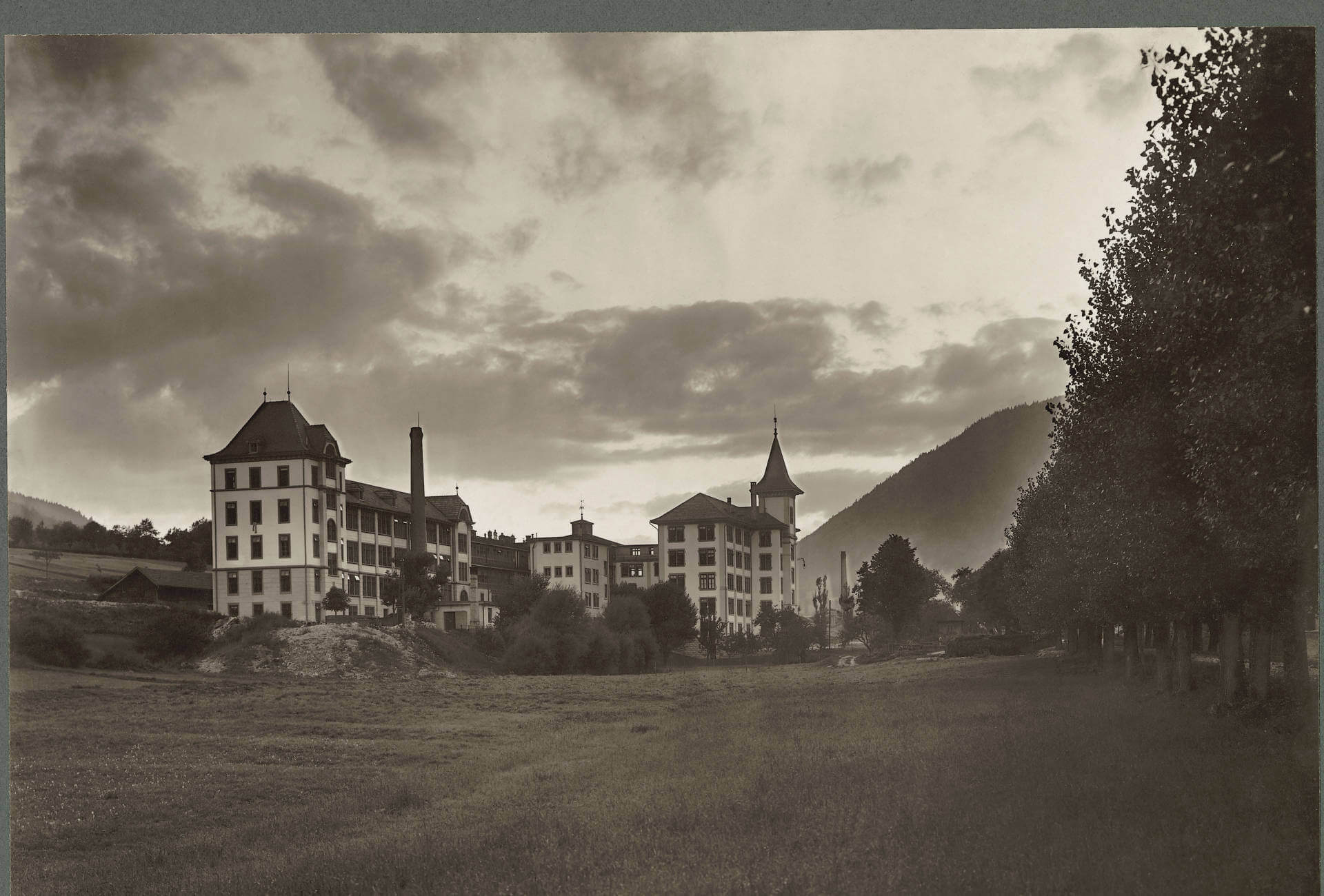At each bump in the road, and there have been many over its five centuries of history, we’re repeatedly reminded that Switzerland’s watch industry has been through worse and always come out the other side. Among these bumps are the crises that shook the sector to its core and were resolved through sometimes drastic remedies. In the light of the current shutdown, now is a good time to look back through archives and history books to understand how the country’s watchmakers have weathered these storms. The quartz crisis of the 1970s and 80s – still fresh in the minds of those who weren’t born with a smartphone in their hand – falls outside the scope of this article, being mainly structural. We will, instead, focus on earlier crises which arose from economic contexts and were decisive in shaping the Swiss watch sector in the twentieth century.
"A terrible crisis"
The upturn that came in the wake of the First World War was both superficial and shortlived. Having survived one conflict, Switzerland’s watchmakers were then dealt another blow in the form of the Great Depression that followed the US stock market crash in October 1929. Writing at the time, Prof. François Scheurer of Neuchâtel University notes how, “During the first months of 1920, the rise [in the price of watches and movements] reached and surpassed its apogee. The contraction came, slowly at first then ever stronger. At the same time, signals were given to slow production and soon orders were being cancelled apace. It was a time of terrible crisis. Of a violence never seen before.” Watch production at that time was broken down into a multitude of local activities, all interdependent within an industrial process known as établissage, whereby component manufacturing was separate from assembly. In parallel, and in response to falling prices and the prohibitive import duty levied by certain markets including the United States and Japan, Swiss manufacturers began large-scale exports of unassembled movements (a practice known as chablonnage) that were then put together in the importing country and sold (rightly or wrongly) as Swiss watches. This resulted in job losses in Switzerland and a transfer of technology outside the country.
The Swiss Confederation passed a series of laws that would govern the branch and provide a legal basis for the cartel that followed as part of a vast reorganisation.
The response to the crisis was commensurate and quick in coming. The State injected massive amounts of money into the sector, on top of which the Swiss Confederation passed a series of laws, for example to control the creation of new companies or prevent manufacturers from undercutting prices, that would govern the branch and provide a legal basis for the cartel that followed as part of a vast reorganisation, referred to as the Restauration horlogère. Manufacturers would be at the forefront of this restructuring. In the space of a decade, five new employer federations saw daylight, covering (to simplify matters) movement manufacturers, component manufacturers and manufacturers of Roskopf movements. They came under the umbrella of the Fiduciaire Horlogère Suisse (Fidhor). A permanent link between the industry and those funding it, Fidhor was expected to “maintain a watchful eye over credit” and guarantee that commercial and financial agreements were respected.
Maintain industry at local level
As Johann Boillat, author of Les véritables maîtres du Temps – Le cartel horloger suisse (1919-1941), explains in this article (in French), “The cartel policy took watchmakers in two complementary directions. The first drew them into nationalistic terrain. The majority of manufacturers agreed to combat foreign production and oppose a process of rampant deindustrialisation by banning any transfer of machines and drastically limiting exports of ébauches and chablons. (…) The second led employers to instate minimum tariffs and converge production sites so as to better combat dissidence. This structure, counter to the principles of a market economy, was based on conventions established between the main industrial players.” This introduction of manufacturing and export licences, together with the obligation to respect tariffs, enabled Switzerland to strengthen its dominant position on international markets, in particular through the creation of quasi monopolistic entities. They included Ebauches SA (forerunner to ETA, part of Swatch Group) which, in the space of a few years, became the sole supplier of movement blanks under the authority of the Fédération Suisse des Associations de Fabricants d’Horlogerie, and ASUAG (merged into Swatch Group in 1983). Described by Johann Boillat as “the cartel’s most powerful asset”, ASUAG imposed frameworks for prices, production volumes and technical standards on the markets.
Until the early 1960s, Swiss watch companies operated within a dirigiste-type economy.
As noted by the historian Pierre-Yves Donzé, “until the early 1960s, Swiss watch companies operated not in a free-market environment but within a dirigiste-type economy.” This widescale and unconditional State intervention had a precise objective: limit proletarianization of the population and its displacement towards large urban centres, which would create a favourable environment for the development of trade unionism and communism. The aim, instead, was to maintain an industrial fabric made up of small, local structures, regardless of the new constraints this may create for those concerned. Any company wishing to expand, relocate or change its name must apply for a licence, issued by the Federal Department of Economic Affairs to businesses which could not exceed a maximum number of workers. Ultimately, did the sector benefit from this restructuring? In the face of crisis, concludes Johann Boillat, “employers formed powerful groups whose motivations were to strengthen positions by limiting competition and to confirm the value of industrial expertise by protecting a territory.” Or to answer the question in quantified terms, between 1939 and 1956, annual dividends paid to shareholders by watch companies amounted to an average of 14% compared with 7.8% for the Swiss industrial sector as a whole…














